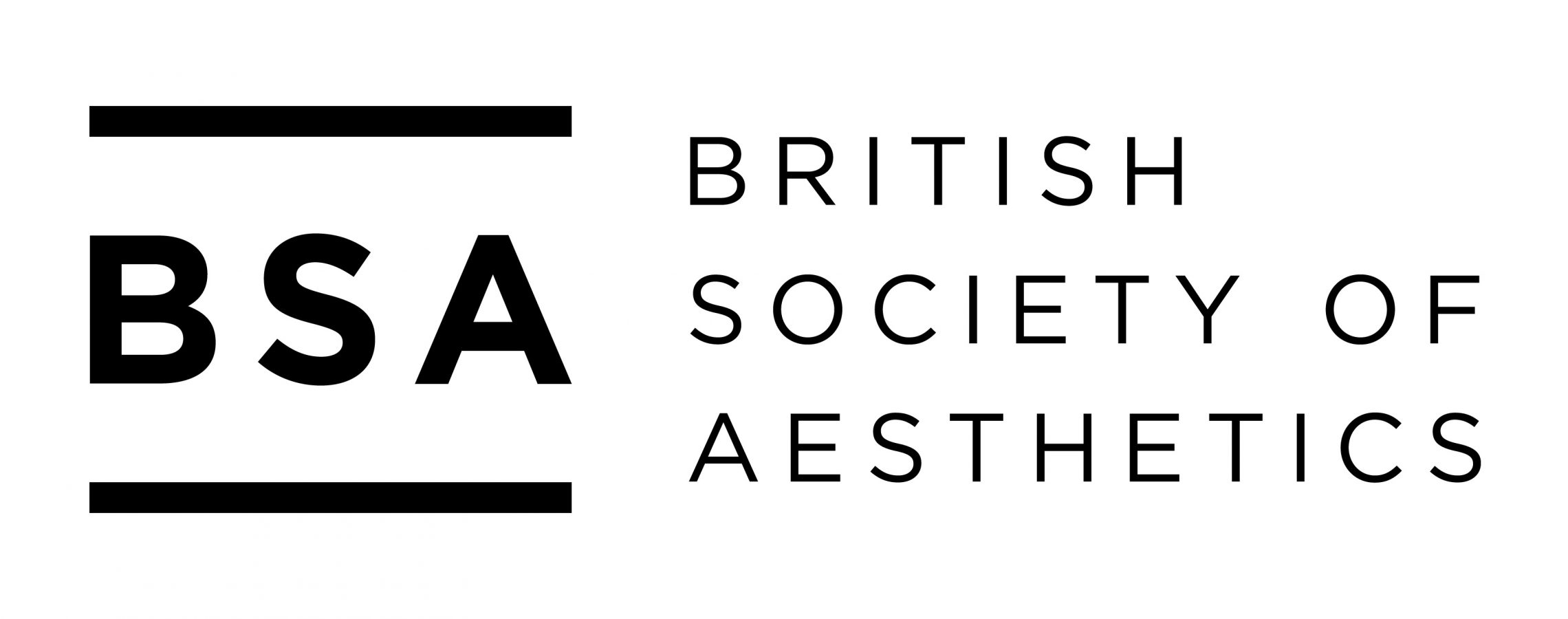Theme: Aesthetics of Urban Life
Guest Editor: Jonathan Maskit, Denison University
Submission Deadline: 31 December 2015
Submission Guidelines:
http://www.tandfonline.com/action/authorSubmission?journalCode=rfap20&page=instructions
Urban life has long been of interest to philosophers and has played an important role in the work of phenomenologists at least since Martin Heidegger and Alfred Schutz. Many aestheticians, however, have not necessarily shown such a keen interest in urban life (although the art produced by urban artists has of course been of interest as have individual buildings considered as architecture). With recent interest in the aesthetics of the human environment, as well in performance and conceptual art, this is changing. The Journal of Aesthetics and Phenomenology invites submission on this theme for a special issue to be published in 2016. We welcome in particular submissions that are grounded in the phenomenological tradition (or other related traditions). Of course, relevant papers coming from other philosophical traditions are welcome as well, although we ask that authors show sensitivity to the journal’s philosophical orientation.
While literature in aesthetics has often been descriptive, we are also keenly interested in contributions that are normative. That is, while we very much welcome contributions that describe how we experience cities aesthetically or how aesthetics has played in a role in urban development, we also seek contributions that show how aesthetics can help in addressing either current or future problems that arise in urban life.
A Non-Exhaustive List of Possible Topics
1. Lived urban life. What are the aesthetic dimensions of urban life that differentiate it from other forms of human life? What role can (or does or ought) aesthetics play in how we experience life in a city?
2. Urban planning. What role can or should aesthetics play in urban planning? How can phenomenology’s insights about the importance of lived experience help planners in their work?
3. Architecture. Buildings are always site-specific, which means they can (or even ought to) be appreciated in relationship to what surrounds them. What role can or should site (physical as well as socio-historical) play in how we relate to particular buildings?
4. Environmental issues. As environmental pressures lead to more people living in cities, what aesthetic issues arise? Clearly urban planning under population and resource pressures is a special task that brings with it its own particular considerations. While many of these considerations are technical, others are more aesthetic or political in nature.
5. Transit issues. Do the various modes of transit a city offers make a difference to how we experience the city? What are the aesthetic (as opposed to, say efficiency) issues that transit modes bring with them?
6. Social striations. Urban life is often characterized by encounters between members of diverse groups (whether these be differences of class, race, gender, sexuality, culture, language, or otherwise). Do these group identities affect how one experiences the city? What aesthetic issues arise when members of different groups interact (or when one person has multiple identities, as most of us do)? Can aesthetics help address group conflict and, if so, how?
7. Public art. What makes successful (officially sanctioned) public art? How does the presence (or absence) of artworks make a difference to our experience of they city?
8. Street art. Is “unofficial” street art a valuable addition to the cityscape? What makes street art successful? Should street art be encouraged?
Direct Inquiries to Jonathan Maskit: maskit@denison.edu
